Welcome to Valhalla: Inside the New 250GB Xbox 360 Slim
by Anand Lal Shimpi on June 18, 2010 1:59 AM ESTGetting Inside the new Xbox 360
To get into the Xbox 360 you’ll need pretty much the same tools you needed to get into the old one. A flat head screwdriver helps, preferably one with a long, thin stem (a tiny flathead is also useful in getting the heatsink clamp off if you want to go that far). You’ll need a torx driver with T8 bit. A phillips head screwdriver if you want to remove the fan on the heatsink and a selection of thin/flat tools to help you pry bits of the case apart.
The bad news is that the new Xbox 360 is not really any simpler to disassemble than the old one. I've included photos of the process here but for larger versions and even more than what I've included inline, check out the gallery below. As always, proceed at your own risk - we're not responsible for any damange to your console that happens as a result of following these instructions. Also know that proceeding with this will surely void your warranty from Microsoft.
To start you’ll want to first remove the hard drive. Next we have two plastic grates on the left and right of the system that pop right off. They are attached using clips along their edges so work one part out with your flat head driver and just pull the rest off.

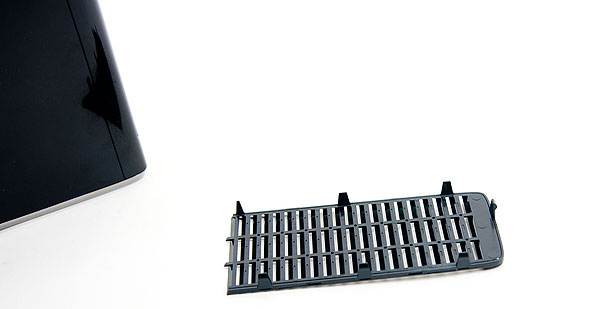
The side without the hard drive is a bit more difficult. I crammed a plastic tool between the chrome casing and the plastic grate to pull it off and then wedged my fingers in there to get the entire piece off.
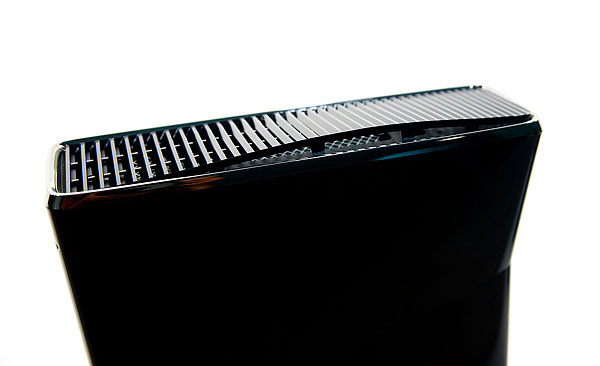
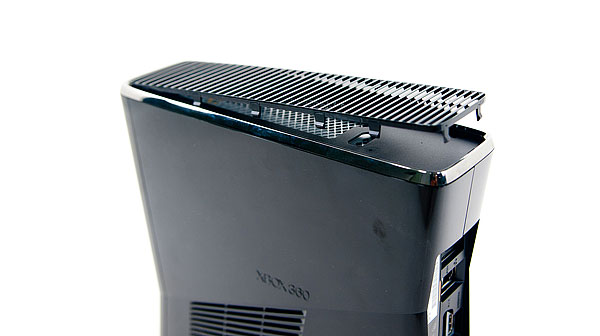
This next part is the first of two hard parts, and I’m not sure there’s a way around this. Removing the two plastic grates will reveal two more black plastic covers. You can wedge your flathead between the plastic cover and the rest of the system and pry it off.

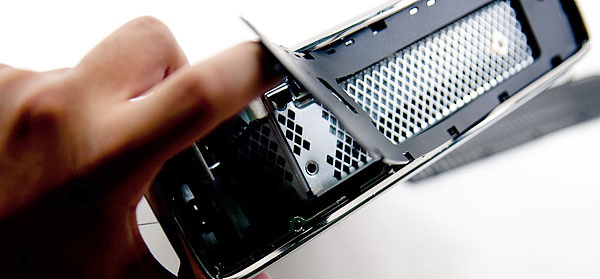
The cover is attached to the system by several plastic stands that fit through little holes behind them. The stands are wider at their outer most edge than they are at the base, too wide to just fit through the hole. In fact, removing these plastic covers will break part of the stands off. It looks like Microsoft did this to make opening the new 360 something that could only be properly reversed at Microsoft itself. Thankfully doing so doesn’t fundamentally ruin the system.
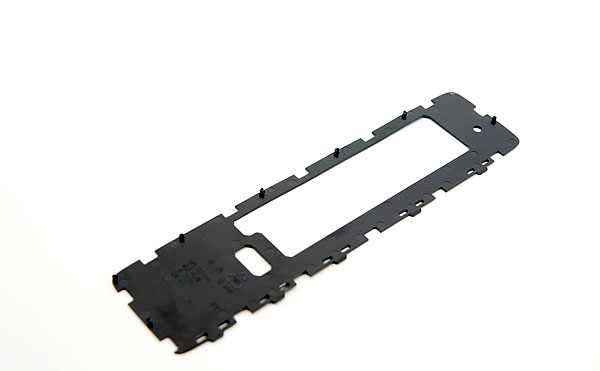
Stick your screwdriver in one of the cutouts and pry away. You’ll see a lot of flexing and then hear a pop, once you hear one move to the next portion of the plastic cover. Do this around the edge until the entire cover is removed. Repeat for the other side of the 360.
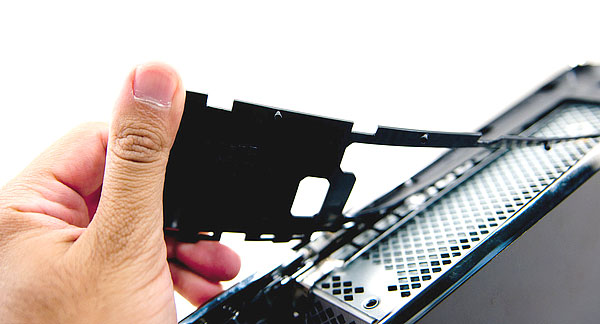
Now you’ve got line of sight into the system itself. Great.
At this point you can also remove the 802.11n card which is held in place by a single screw. Remove the T8 screw and the card slides right out. It is just plugged into an internal USB port.

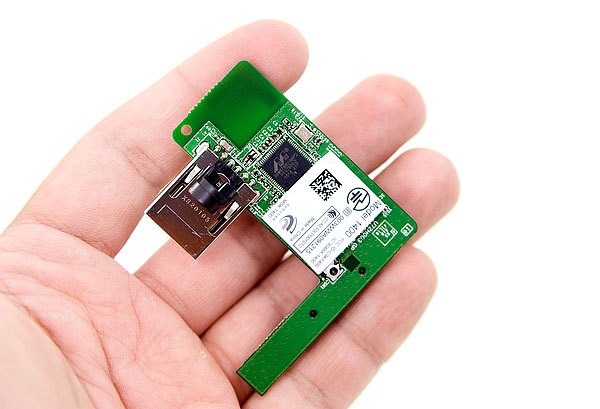
Now we have to remove the two chrome surrounds on either side of the system. These are attached via clips that can be tempted loose using that trusty flat head screwdriver. Wedge it between the clip and the rest of the chassis and push away from the chassis:

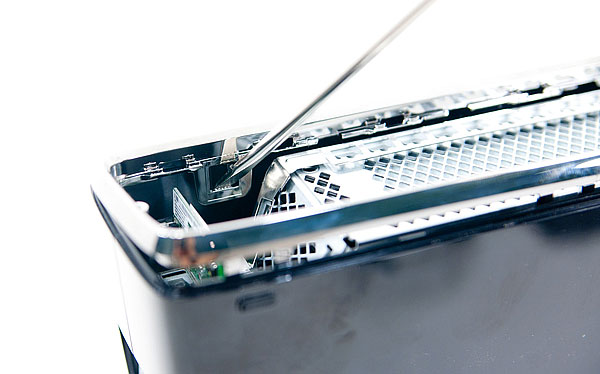
Some clips will give way easily, others will take some coercion. Some of the clips are only accessible via a very tiny, very long flat head. Start with the clips you know you can get off and then try to pry the tough ones later.

You’ve got 6 on one side and 5 on the other chrome lip, the shots below should help you.
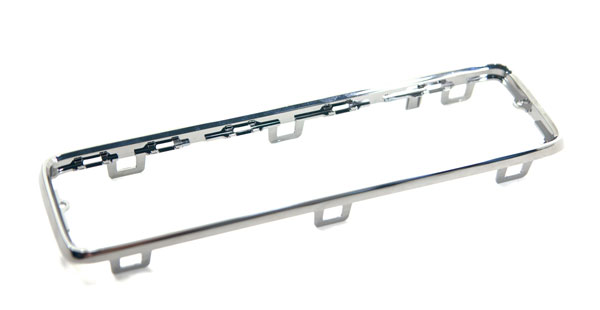
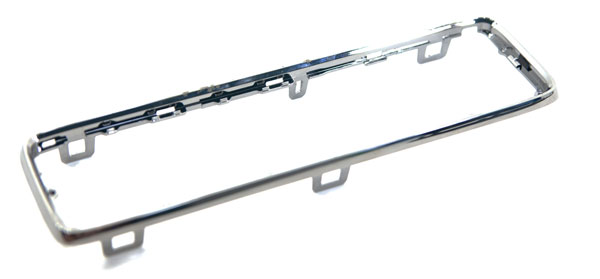
With the two chrome surrounds removed we’re now at the second most difficult part of dissecting the new Xbox 360. Remember these little things:
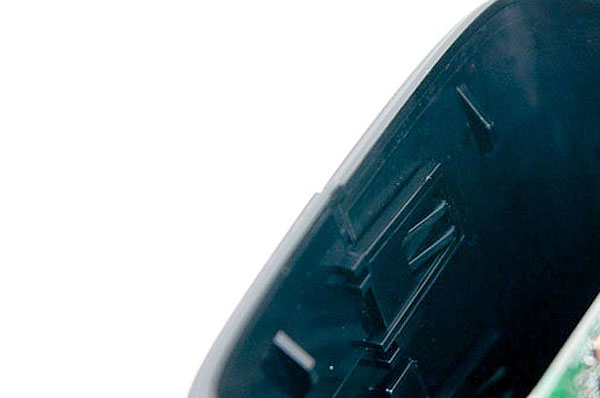
Yep, they’re back, and even more of a pain.
















109 Comments
View All Comments
bill4 - Friday, June 18, 2010 - link
Hugely disappointed you didnt tear the heatspreader off and measure the chips. That's my favorite part of these teardowns besides maybe the power draw numbers.Also disagree we'll see X360 power in a phone in three years. Heck you dont even see PSP power in a phone now, which is way less than a PS2. And PSP is like 6 years old!
Also, the reason high end PC market isn't tapped anymore is piracy. That's obvious. The same piracy your affiliate over at Dailytech Jason Mick supports so strongly.
bill4 - Friday, June 18, 2010 - link
Oh and forgot, the asthetics is a matter of opinion. I tend to think that while the lure of the shiny and new is overpowering here, objectively if I were honest the old X360 matte Elite looks better imo. The old X360 Elite is the best looking console ever imo.Also, it's pretty funny how 360 and PS3 have switched positions in regard to capacitive buttons and glossy finishes.
Personally I dont like capacitive buttons, I have them on my samsung blu ray player and dont care for it. I prefer the tactile feedback of knowing yes, I pushed the button. I find myself wanting to jam on capacitive buttons all the time to make sure I pressed it, or maybe because I'm used to regular buttons.
It's good to see MS is thinking about end user experience in a bit of an Apple way here and including some rubber bits to dampen sound though.
Also, I disagree that MS is waiting on 40nm volumes to pick up to drop prices. As I posted in the other article, I think Kinect has totally screwed up their pricing. For now they are just in a pricing hold while they figure out what theyre going to do with kinect regarding bundling and the like, and Kinect may in fact be bundled with a price raise raise, or a steady price, thereby negating the cut that would have occurred had kinect not existed. Because I still think an argument can be made Kinect and Move will have to be bundled with every new SKU sold to avoid an uncertain fate that has befallen past optional add ons.
tim851 - Friday, June 18, 2010 - link
The high end PC market is still tapped sufficiently. The (in my view) most important titles are all released there, that is why I don't bother getting a console. And that is despite MS and Sony trying their a$$ off to convince developers to go system exclusive.bill4 - Friday, June 18, 2010 - link
What important titles are released only on PC? Besides the upcoming Starcraft 2 maybe, one really major title in three years.It's all just console ports now. Even Crytek (Id, Epic, Valve) has now gone that way. How is this even arguable?
Guspaz - Friday, June 18, 2010 - link
I think the OP meant the opposite of what you understood. He's saying that he doesn't need a console because most games are *also* released on the PC, not *only* released.coburn_c - Friday, June 18, 2010 - link
"Heck you dont even see PSP power in a phone now..."I... don't think you know what you're talking about.
bill4 - Friday, June 18, 2010 - link
What phone games look better than top PSP games? I'll be waiting...Guspaz - Friday, June 18, 2010 - link
The PowerVR SGX535, as used in most current smartphones (with the snapdragon being an exception), is roughly equivalent to the graphical power of the PSP. Without knowing more about the architectures, the 535 has does 28MPolys/sec, while the PSP's does 33. The 545, which doesn't appear to be in any shipping devices yet, should be slightly faster than the PSP's.Of more note is that the PSP has a very limited amount of VRAM available. In general, a smartphone can expect to have 16 to 32 times more usable RAM than the PSP, and likely at significantly faster speeds (the PSP's is DDR, while smartphones these days are using DDR2)
In terms of processing power, any modern smartphone should take the PSP to task, as the PSP's 333Mhz MIPS R400 is pretty dated. These days, smartphones are shipping with ARM Cortex A8 chips at up to 1GHz, usually on a much smaller manufacturing process (the PSP is still at 90nm). Dual-core Cortex A9 chips at 1GHz or higher should make it to market before the PSP's successor is released. It was rumoured that the Nintendo 3DS would use an nVidia Tegra 2 featuring an A9, but these rumours haven't been confirmed.
So, on a hardware level, the PSP is outclassed by modern smartphones in every category except the GPU (where it may have a small advantage). Ultimately, however, it has an enormous advantage in one specific place that makes everything else moot; OS overhead. While smartphones are much faster on paper, they're constrained by large amounts of OS overhead that bring down their real-world performance significantly. There's still going to be more RAM and CPU power available after overhead, but the demands of the underlying OS can introduce enough latency to cause issues.
Ultimately, we're seeing a lot of convergence. The hardware in smartphones and handheld consoles is pretty analogous, and in the case of Nintendo's products, probably the same. Even if the 3DS doesn't use the nVidia Tegra, we know it's still using some sort of ARM processor, and that's going to be either a Cortex A8 or A9, just like smartphones are using. From Sony's perspective, the PSP2 is rumoured to use some sort of multi-GPU PowerVR SGX product.
I should probably bring this back to the original topic and say, modern smartphones do have the power of a PSP (and then some), so you should really re-examine the hardware going into modern devices. Of course, as I said, OS overhead hurts, but even that won't matter much if the PSP doesn't get a successor soon.
At the risk of rambling on a bit, the iPod Touch 3rd gen was a pretty direct competitor to the PSP Go. They had similar size and resolution screens, similar capabilities in terms of graphical quality, they're both gaming handhelds (even Apple doesn't claim that the iTouch products are music devices anymore, they now consider them gaming devices), they both get their content via DLC, and they have similar costs (the iTouch 8G costing $199, the PSP Go costing $250).
mczak - Friday, June 18, 2010 - link
smartphones today are actually still using lpddr (on a 32bit bus, I believe) at fairly low clocks, I don't think the typical Cortex A8 they use supports lpddr2 (maybe the A4 used in the iphone 4 being an exception?) but next gen should be lpddr2. I'm not sure at all about the memory interface of the psp, but in any case this also had (fairly small) embedded dram which likely offers more bandwidth than todays smartphones. That said, the tile based deferred renderer sgx family used on smartphones shouldn't really need that much bandwidth.Macha - Saturday, June 26, 2010 - link
Actually, price wise, you need to compare the 32Gb model to the PSP. The 8GB model doesn't have the increased power of the other third generation models.